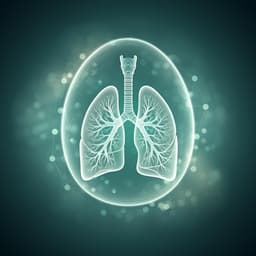
Medicine and Health
Evaluation of a protocol to detect malnutrition and provide nutritional care for cancer patients undergoing chemotherapy
E. Á. Sanz, J. Abilés, et al.
This study reveals a protocol for effectively detecting and addressing malnutrition in cancer patients undergoing chemotherapy. With significant improvements in patient outcomes, including a notable mean weight loss reduction, this research conducted by Elena Álvaro Sanz, Jimena Abilés, Marga Garrido Siles, Francisco Rivas Ruíz, Begoña Tortajada Goitia, and Antonio Rueda Domínguez showcases the potential of individualized nutritional care in enhancing patient well-being.
~3 min • Beginner • English
Related Publications
Explore these studies to deepen your understanding of the subject.







